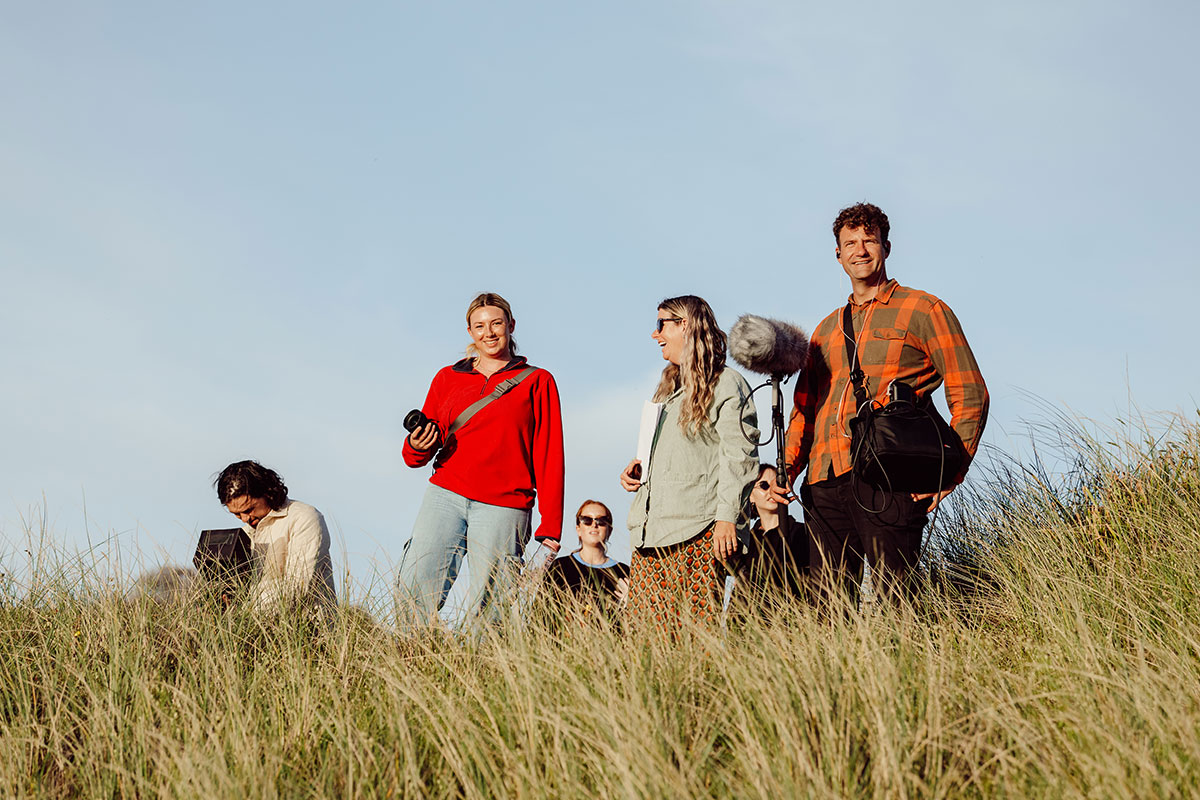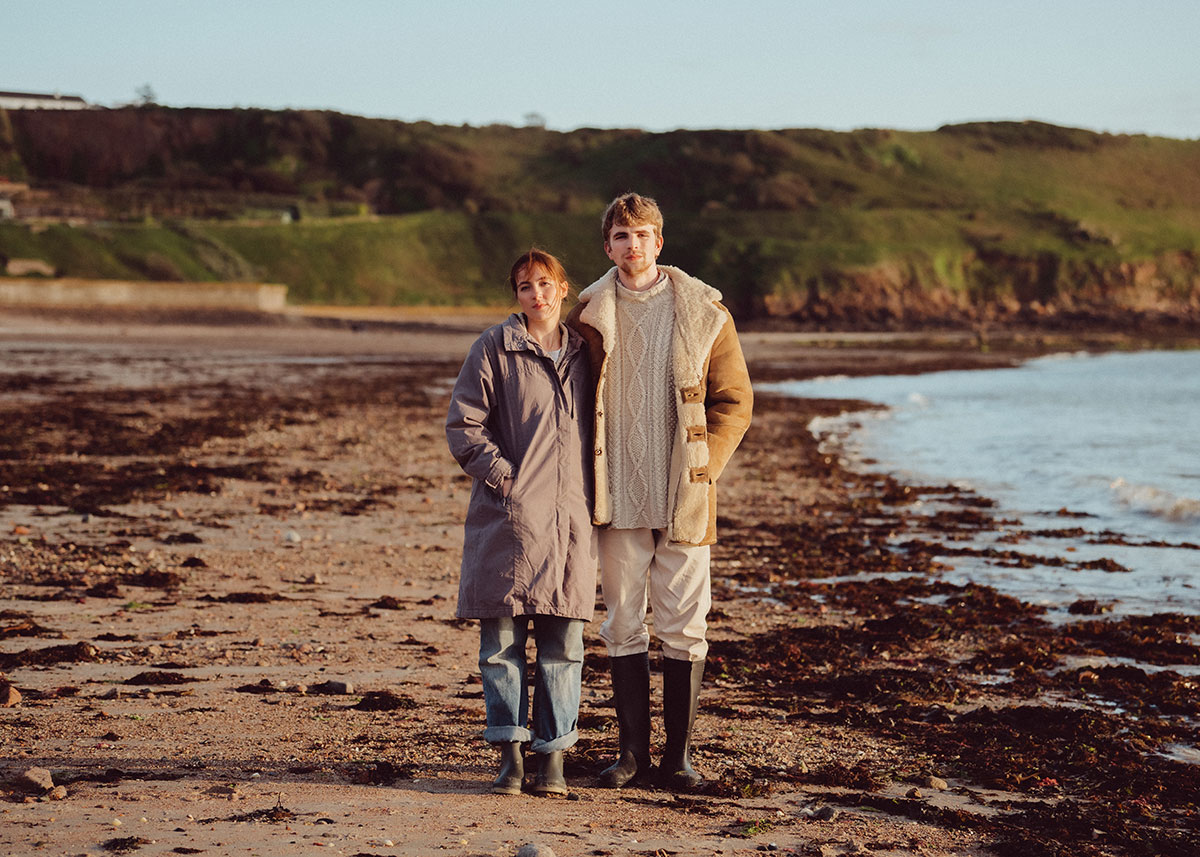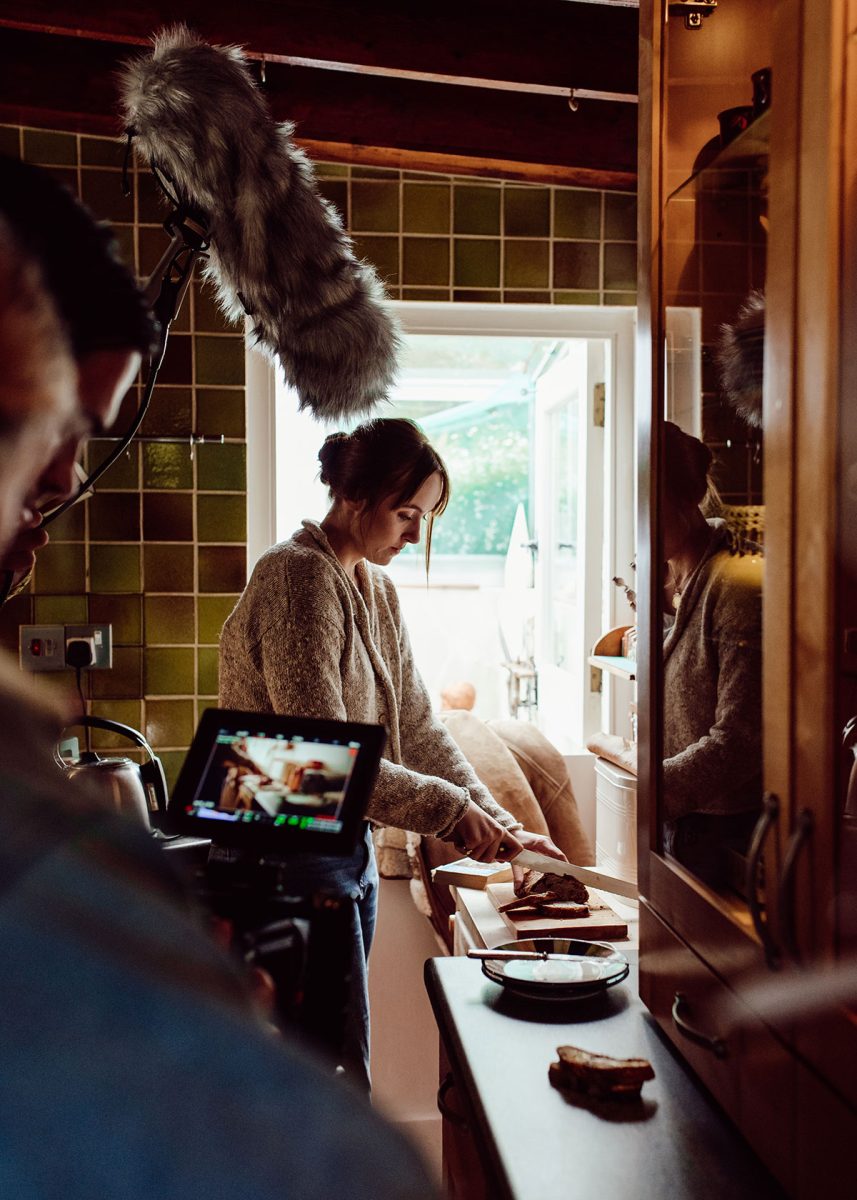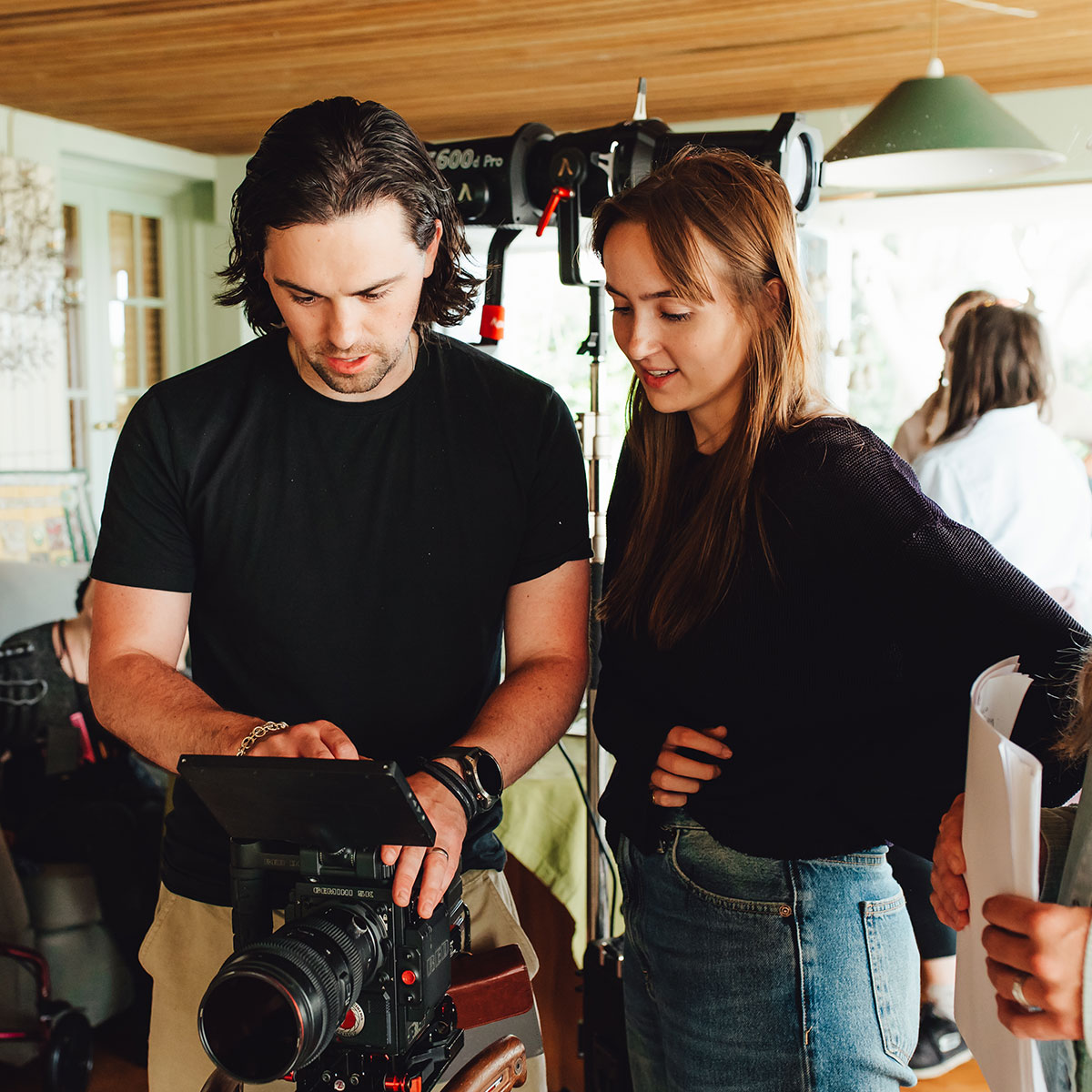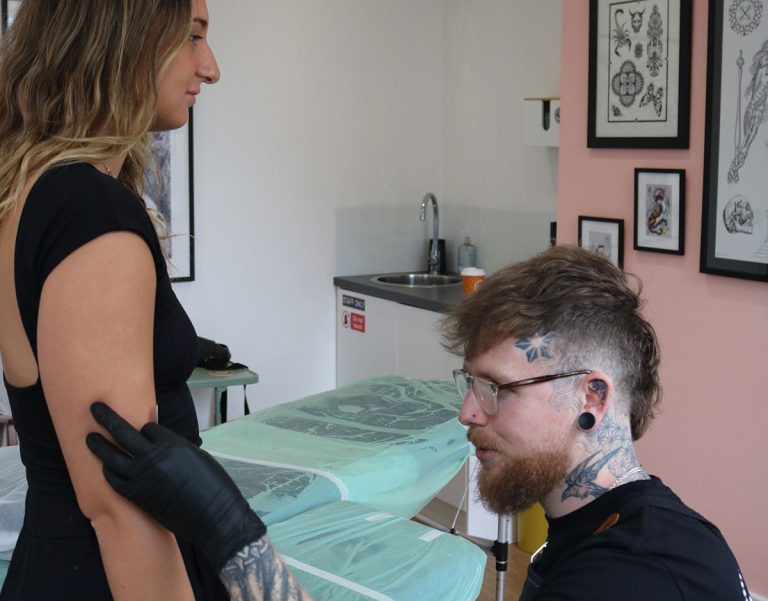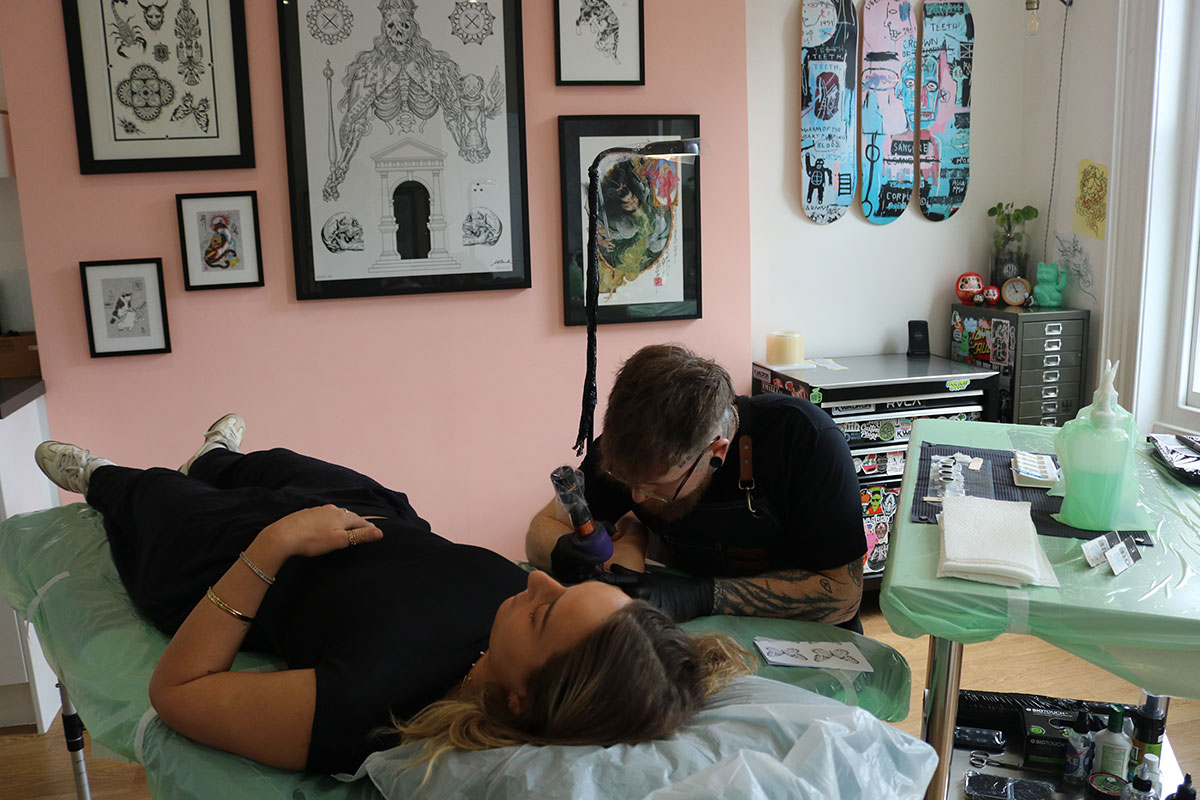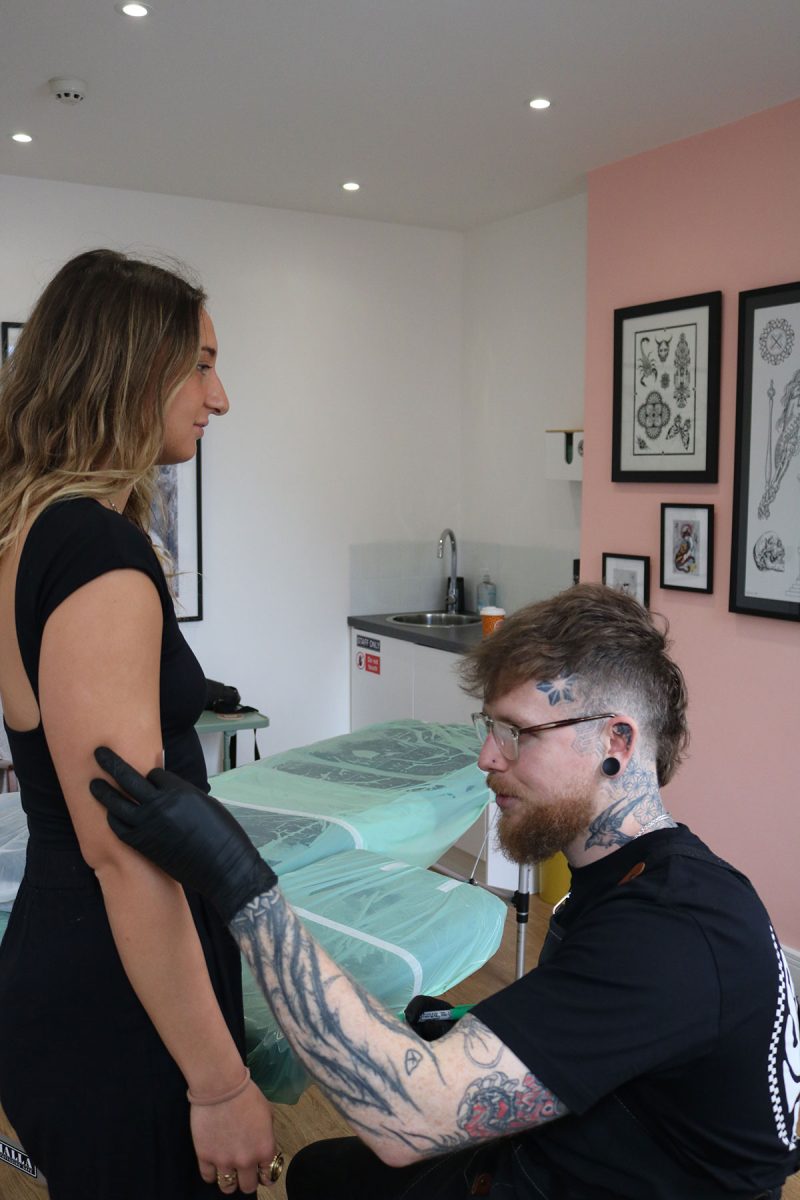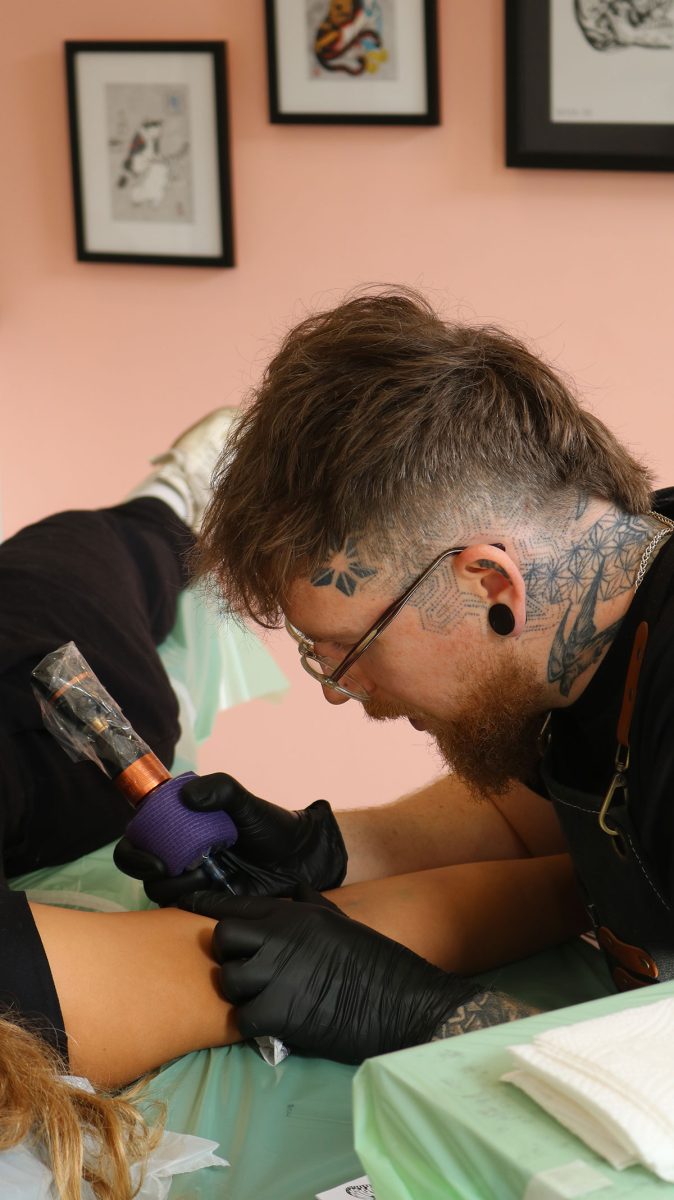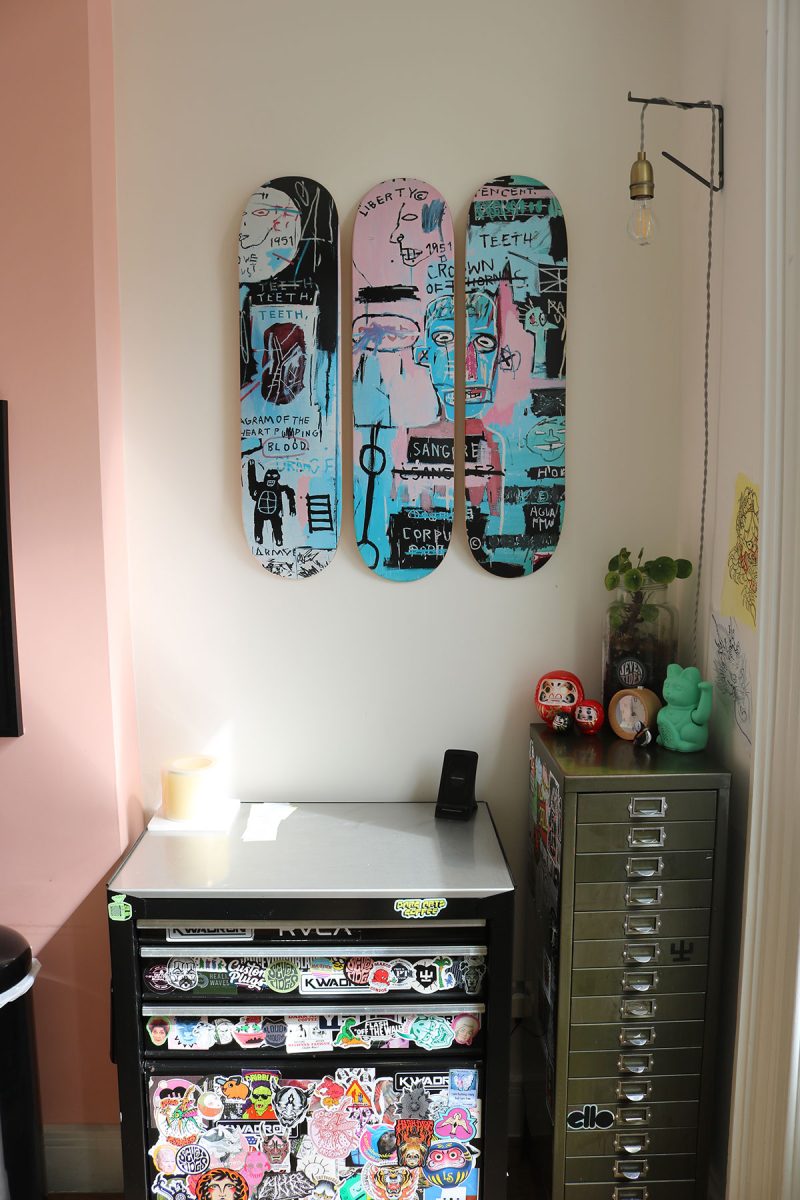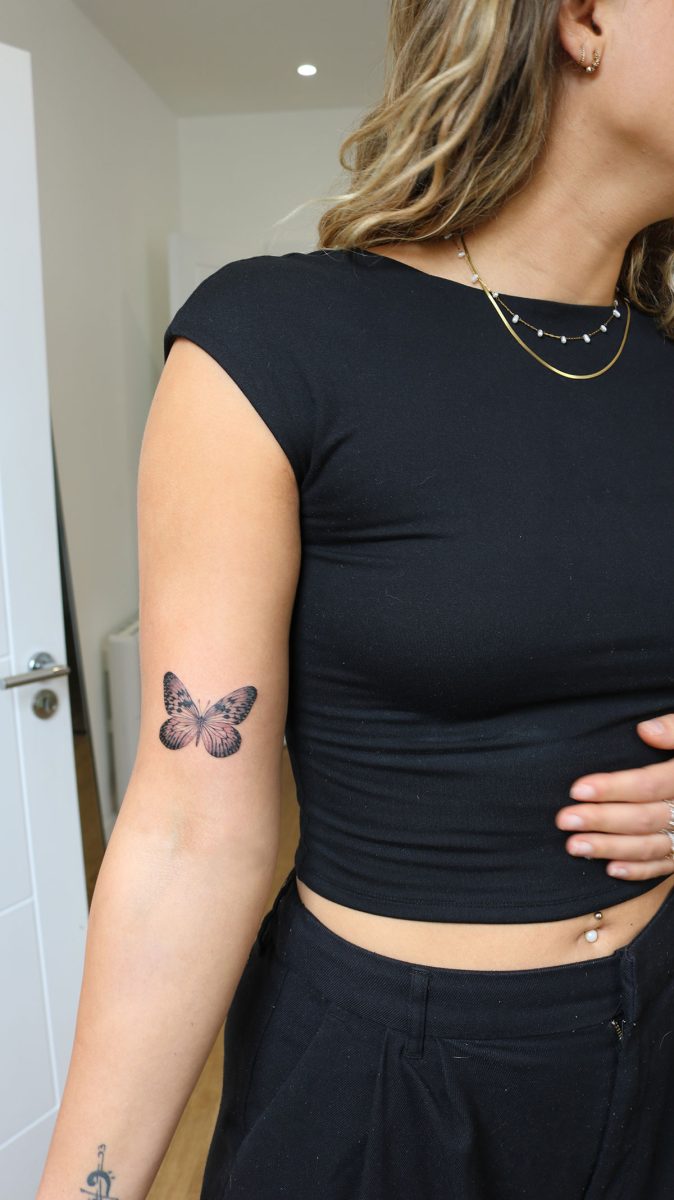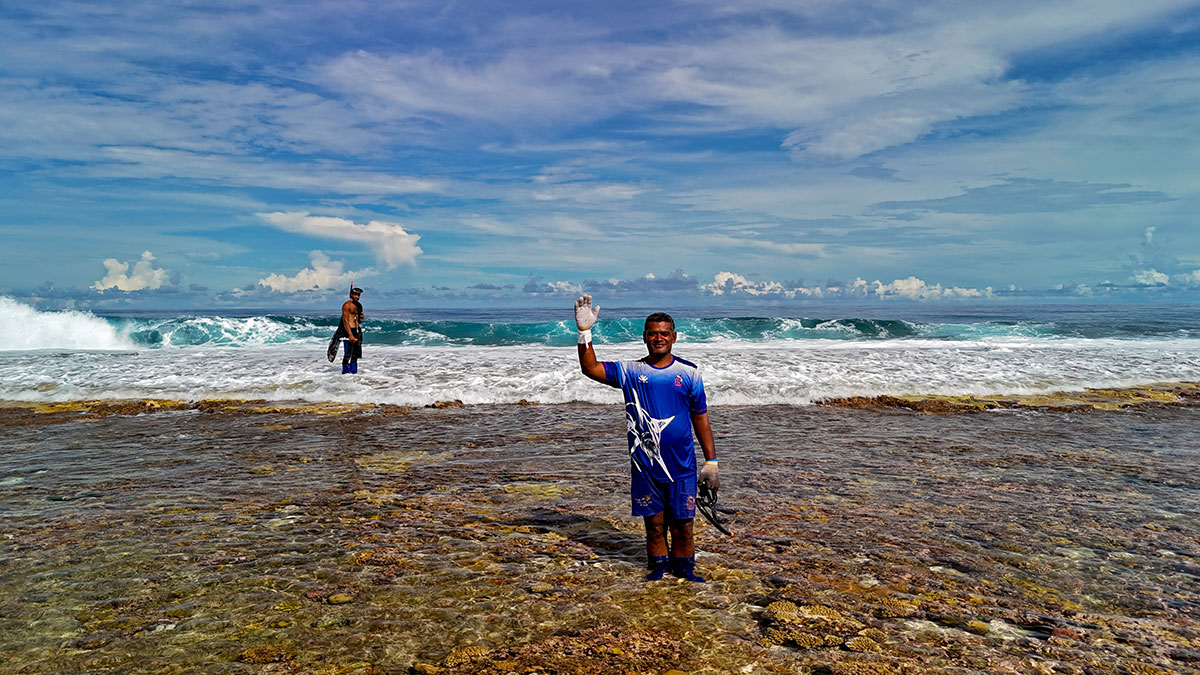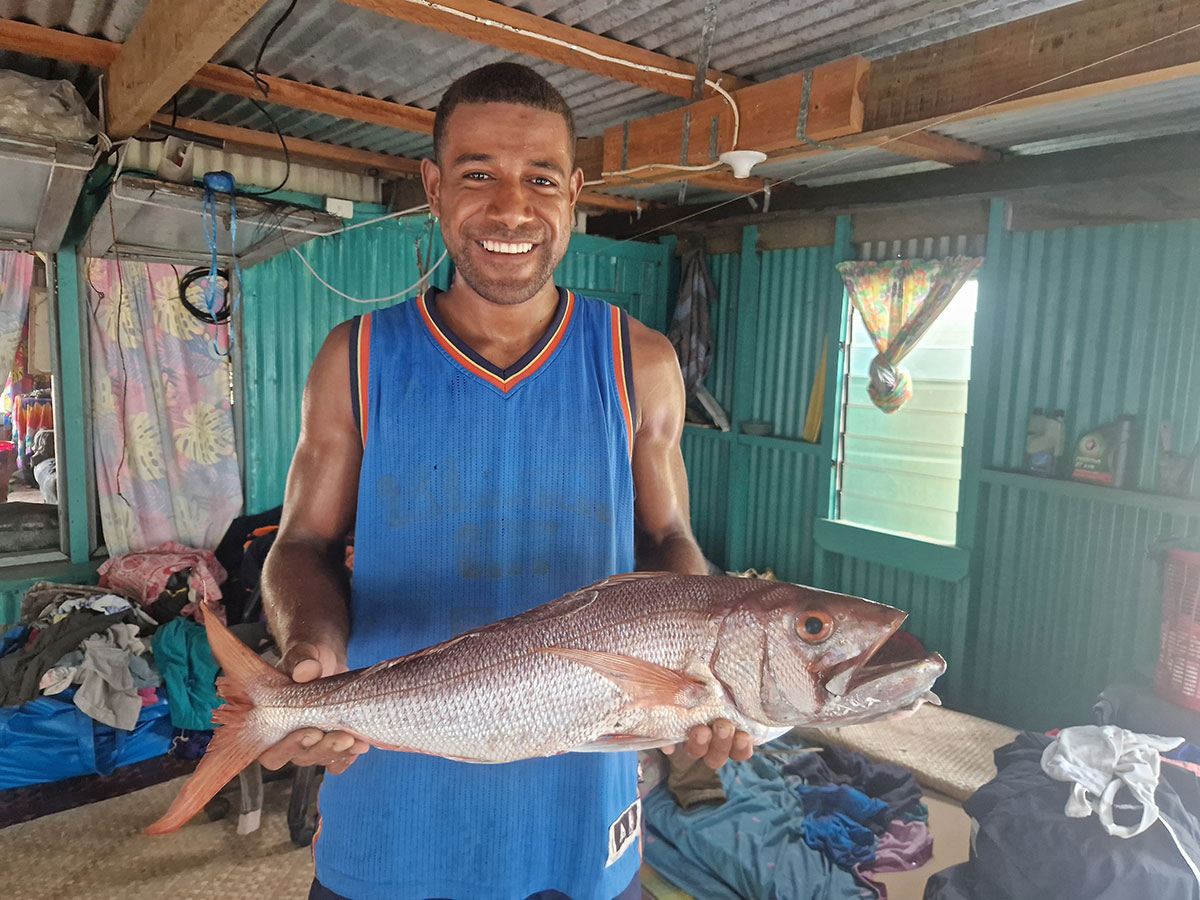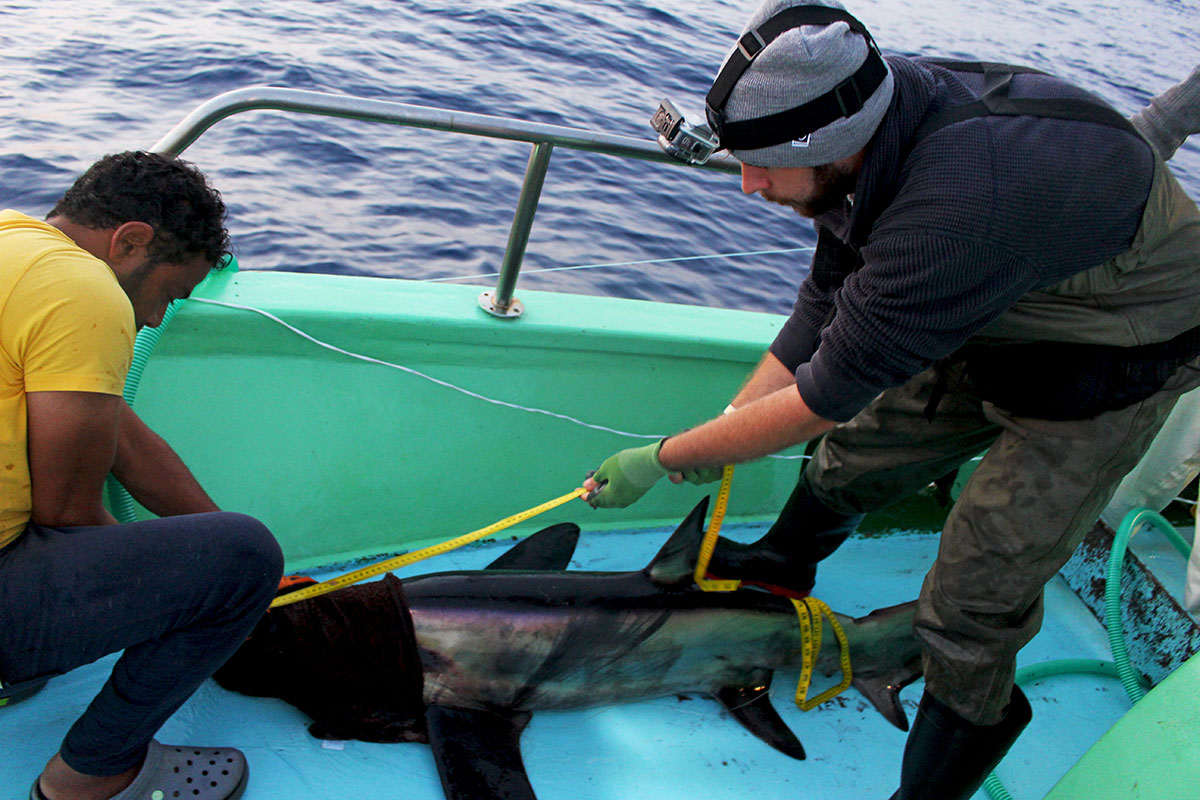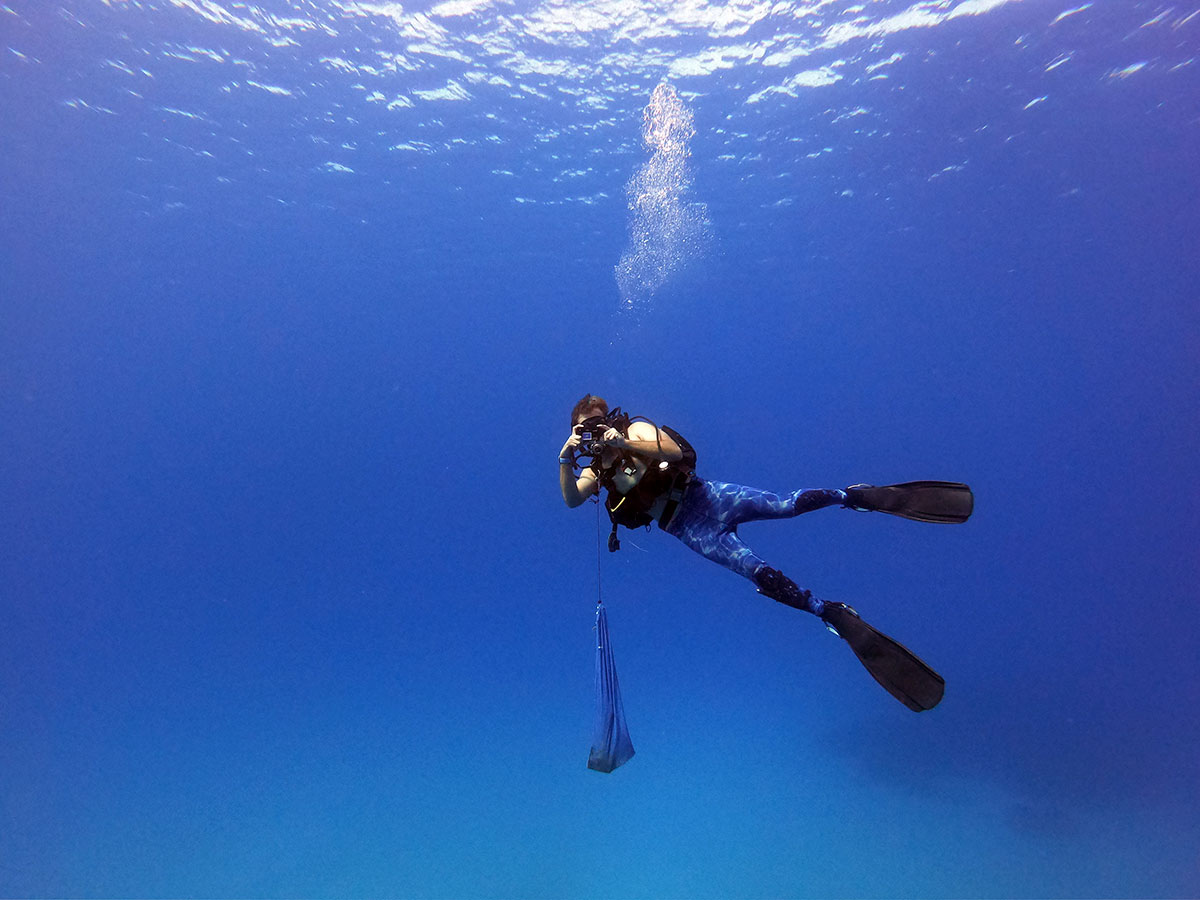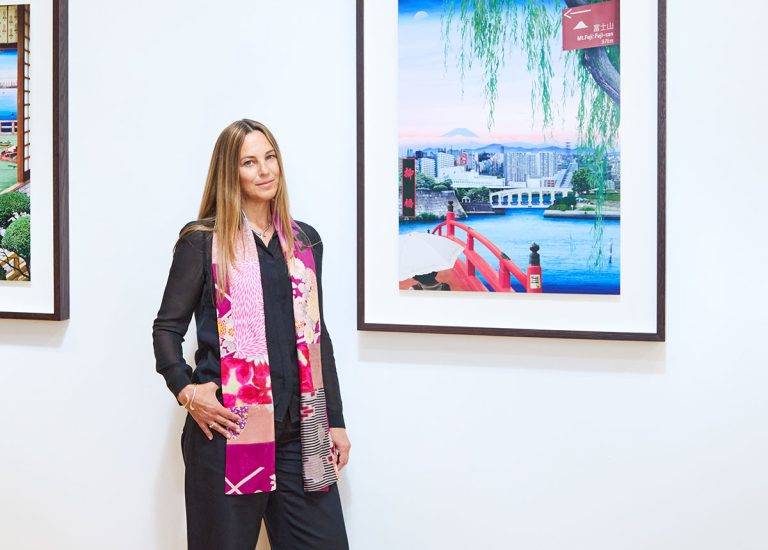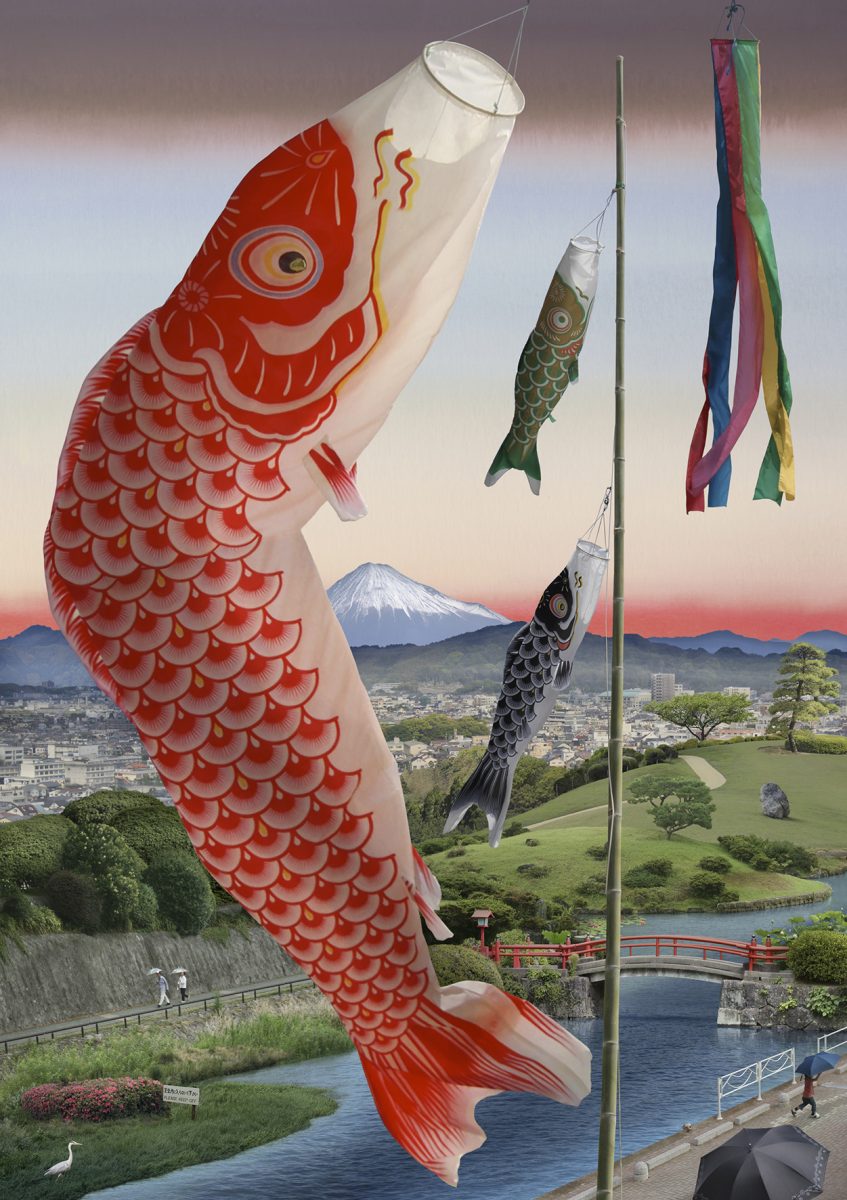
When you enter into a marriage or civil partnership, you enter into a commitment to spend the rest of your lives together and most don’t think about the possibility of divorce but, should they? Jersey’s family law is set to undergo a major update, hopefully by late 2025. A key part of this reform will be the legal recognition and enforceability of pre-nuptial and post-nuptial agreements. These changes will bring Jersey into line with modern international standards, offering couples greater financial security and clarity in the event of divorce (or as it will be under the new law “dissolution”).
What is a pre-nuptial agreement?
A pre-nuptial agreement is a legal contract between two people before a marriage setting out how their assets will be divided if the relationship ends.
Sharing of assets
In a divorce, the starting point is often a 50/50 split of all the matrimonial assets. Many people are unaware that even assets they believe to be personal may be shared, especially if they’ve been mixed into joint accounts or are jointly owned. Once combined, they typically become matrimonial property, regardless of original ownership.
Current Position (before the new law)
Currently, pre-nuptial agreements are not automatically binding in Jersey. The Royal Court may consider them under Article 29 of the Matrimonial Causes (Jersey) Law 1949, particularly if they meet certain fairness standards. Following the principles from the UK case Radmacher v Granatino [2010] UKSC 42, Jersey courts may give weight to agreements if:
- Both parties understood the terms
- The agreement was entered into freely
- There was full financial disclosure
- They are signed well before the wedding
- Each party received independent legal advice
- However, courts retain discretion to disregard such agreements if they are deemed unfair.
What could change in 2025?
Jersey’s upcoming Draft Marriage and Civil Partnership (Dissolution and Separation) (Jersey) Law 202… will give the Family Court the power to vary pre- and post-nuptial agreements, making the presumption that pre-nups. are legally binding, provided they meet specific safeguards. This is part of broader updates in the new law including no-fault divorce and clean-break financial settlements.
Key Changes
Presumed Enforceability: Agreements will be presumed valid if properly executed.
Fairness Test: Courts can still set aside agreements that are unjust or fail to provide for children.
Requirements for Enforceability
To be binding, an agreement must:
- Be entered into voluntarily
- Include independent legal advice for both parties
- Involve full financial disclosure
- Be signed well before the wedding (typically 28+ days)
- Be fair, not leaving either party (or children) in hardship
Children’s Welfare Comes First
The best interests of children remain the first consideration of the Family Court. The Court may override any agreement that fails to provide adequate support, in line with the Children (Jersey) Law 2002.
Postnuptial Agreements Included
The same rules will apply to post-nuptial agreements – those made after marriage.
Legal Clarity Moving Forward
Agreements may still be found to be void if there’s evidence of fraud, duress or mistake. The new law, which was recommended by the Jersey Law Commission, takes away the need for one party to blame the other for ending a marriage and allows couples to make joint applications for a dissolution, allows couples to have much more certainty about their future finances. We at Corbett Le Quesne, believe that this new law will benefit everyone planning to marry.
Jess Dunning and Juliette Byrne are incredibly talented paralegals. They are dynamic and passionate young lawyers developing their careers at the top family law firm in Jersey.
Jamie-Lee, a Jersey solicitor or Écrivain, is an excellent specialist family lawyer. Jamie-Lee has a strong reputation for ensuring her clients feel supported and empowered while she pursues the best resolutions to complex and emotional situations. She is determined and empathetic which provides clients with a safe place amid the challenges of family law.
For a free 30 minute consultation about any aspect of family law, including pre-nuptial agreements, civil partnerships, contact issues, divorce, separation, finances, relocation, adoption or surrogacy e-mail enquires@corbettlequesne.com or call 733030.
References are available at www.corbettlequesne.com









